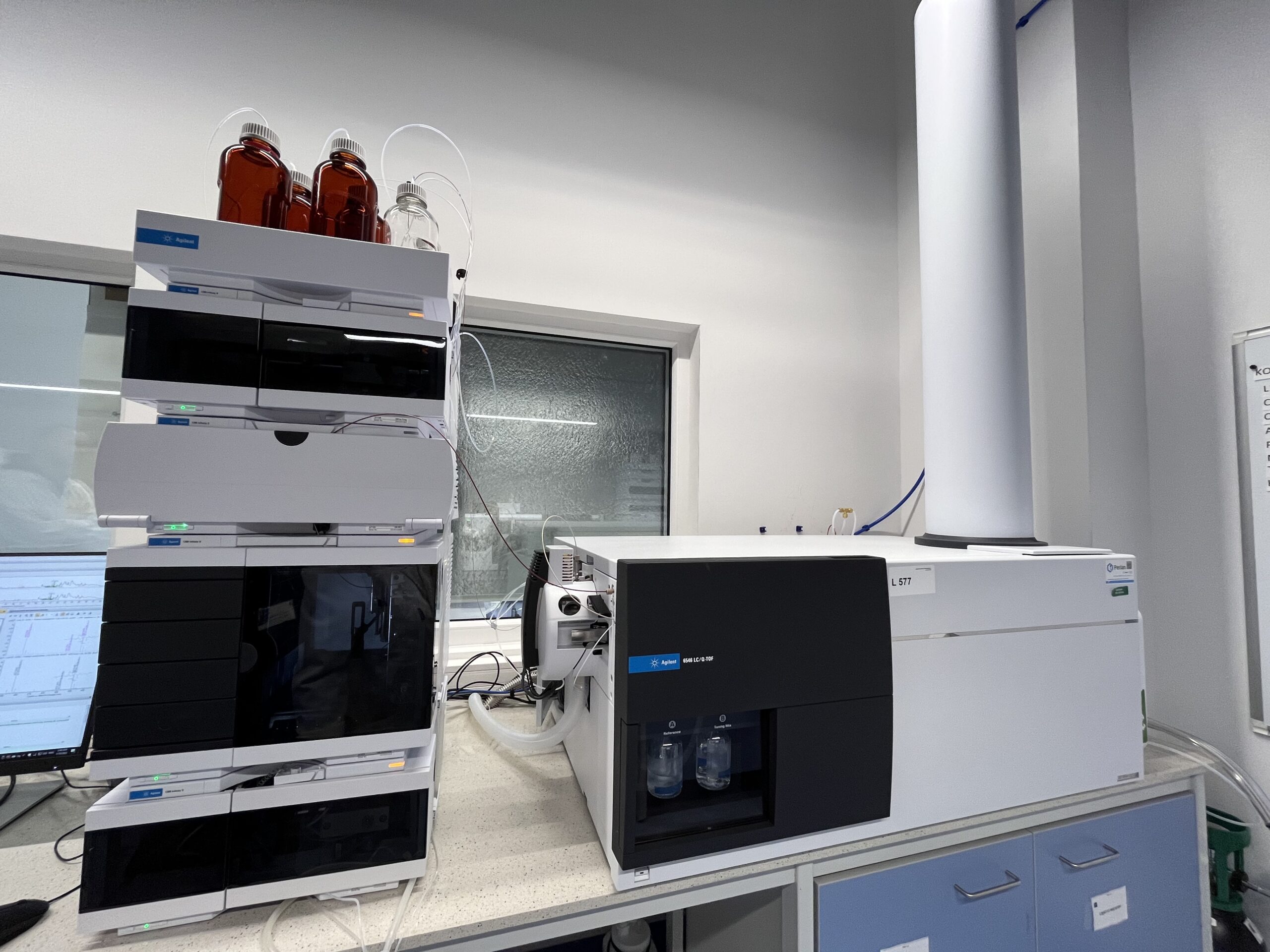Pizza straight from the oven, your favorite soda, a cake as if it came from a neighborhood pastry shop – all you have to do is go to the supermarket and pick out your favorite product. Few people think about whether potentially harmful substances from labels or packaging are leaking into our favorite foods. J.S. Hamilton of Gdynia is the first company in Poland to have equipment that can check this thoroughly.
Worth 2 million zlotys, the liquid chromatograph coupled to a time-of-flight analyzer mass detector (LC-QTOF-MS) is a device that has not been used commercially in our country until now. Companies wishing to verify what non-intentionally added substances (NIAS), e.g., ingredients in paints and varnishes, are in the products we consume have had to turn to the few testing laboratories in the West that perform such analyses.
– As a leader in testing food contact packaging, we provide a unique opportunity in our country to verify the presence of substances that were previously difficult to detect. For our customers, as well as ordinary consumers, this is very good news,” says Michal Pestka, Consumer Product Testing Director, J.S. Hamilton Poland.
Additives we don’t know about
Non-intentionally added substances (NIAS), e.g. ingredients in paints and varnishes, is a problem that more and more food manufacturers are struggling with. The requirements here are imposed by law, such as Regulation (EC) No. 1935/2004, Regulation (EU) No. 10/2011 – on materials and articles intended to come into contact with food marketed in the EU, but growing public awareness is also playing an increasingly important role.
– Speaking of food and the standards that packaging must meet, let’s remember that it’s not just about legal requirements. The target consumer, year after year, is becoming more and more aware of the impact on his health, for example, components of paints and varnishes that penetrate into food, and is increasingly choosing packaging that guarantees the safety of the products stored in it. This makes it all the more important that an apparatus that allows for the accurate analysis of substances (NIAS), is located in our country, adds Michal Pestka.
Finding the needle in the haystack
The analytical possibilities offered by Hamilton’s new chromatograph are difficult to overestimate. The dynamically developing market of materials and products intended for contact with food forces, more and more flexible approach of analytical laboratories to the offered tests. The research topics require the use of state-of-the-art analytical methods, which the new chromatograph guarantees.
– Our apparatus allows quantitative and qualitative analysis of the content and migration of organic compounds in a wide range of molecular weights. The most important advantage of the purchased instrument (LC-QTOF-MS), is the much higher resolution compared to the LC-MS/MS already in use. At present, it is the latest analytical technique used for commercial research; in addition to migration studies, it is used in biological and medical research, argues Adam Fotek, research expert at the J. S. Hamilton Poland research laboratory.
Science in cooperation with business
The complex composition of plastics and paper/cardboard, including the use of various additives in two-plastics (such as antioxidants, plasticizers, dyes, adhesives, stabilizers) requires that the testing laboratory be able to provide as much information as possible about substances potentially migrating from packaging. Therefore, in implementing the new equipment, Hamilton also relied on research work. Grzegorz Jasik, analysis expert, J. S. Hamilton Poland, is participating in the 6th edition of the “Implementation Doctorate” program at the Faculty of Chemistry, Gdansk University of Technology.
– The aim of the Implementation Doctorate is to develop and validate a non-targeted chromatographic method based on a liquid chromatograph with a quadrupole detector-type time-of-flight analyzer (LC-QTOF-MS), to create a procedural approach for the identification of (non-)intentionally added substances (IAS/NIAS) and to adapt the technique to routine laboratory work. The result of the work will allow, on the one hand, to catch up with the largest laboratories in the European market, to build a leadership position, and above all to bet on Polish specialists in this field, on the other hand, the entire scientific output during the implementation PhD, will allow the evaluation of potentially migrating compounds, as well as their decomposition products (e.g. as a result of high temperature) – which will allow a broader and more accurate analysis of product safety, adds Grzegorz Jasik.



